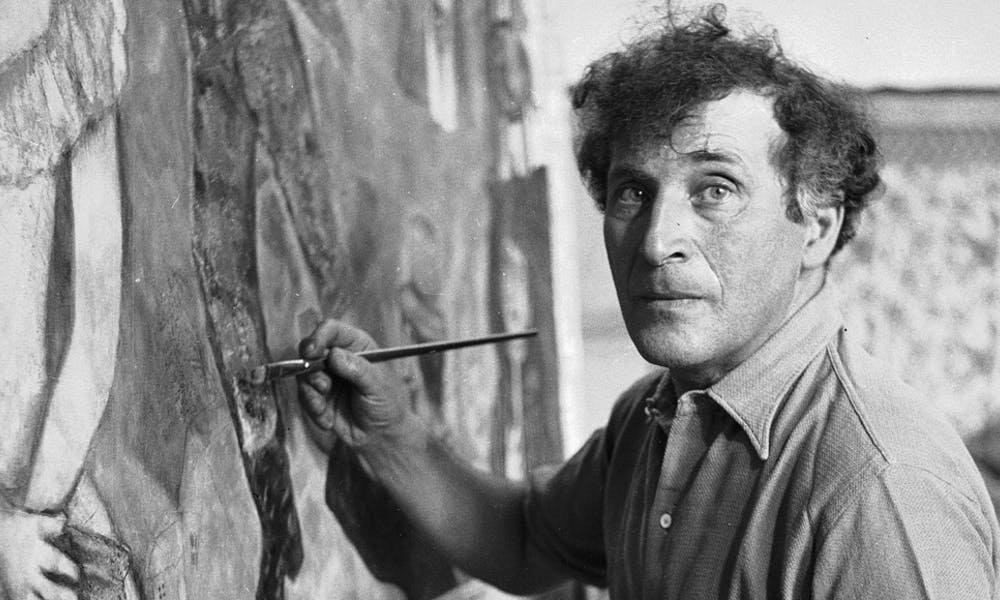The monumental format of this painting “Golgotha” reflects the importance of the theme in the Judeo-Christian tradition. Chagall paints it in 1912, in his workshop in La Ruche, with as much energy as wisdom. Titled originally dedicated to Christ, it is exhibited that same year in Berlin’s Walden Gallery. The large dimensions of the canvas reflect the magnitude that this theme had for the artist, which was linked to his deepest personal roots —something that He seems absent from the language of his colleagues at the time. With dexterity and spectacularity, Chagall uses a number of forms reminiscent of Cubism to represent a Christ who in This case does not rest on the cross.
Play with the unreal look in the background, based on sumptuous flashes of green, blue and red, to provide a “supernatural” space – a term he will apply to his painting Guillaume Apollinaire— to the presence of Christ, to the which thus imprints the mystery of faith Chagall draws from the bottom of His memory all that is wonderful in it, and reaffirms his authority in making a personal reading of such a comprehensive subject Like this, one of the bases of its culture and one of the great Subjects of Western painting.
And, at the dawn of the twentieth century, thus inscribes in modernity the motif of the Crucifixion, so characteristic of great classical art.
The Museum of Modem Art. New York. Acquired through the Lillie P. Bliss, 1949
Sources: Prat, Jean-Louis (2012) Chagall. Thyssen-Bornemisza Museum, Madrid, pp.110-111.



